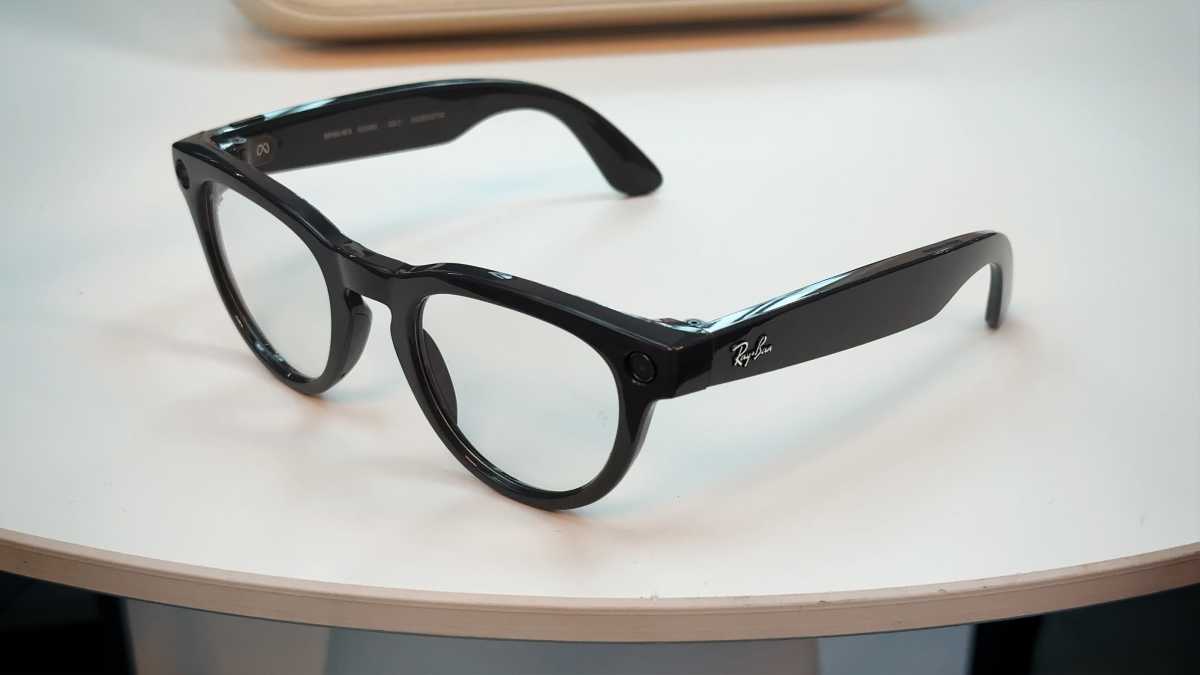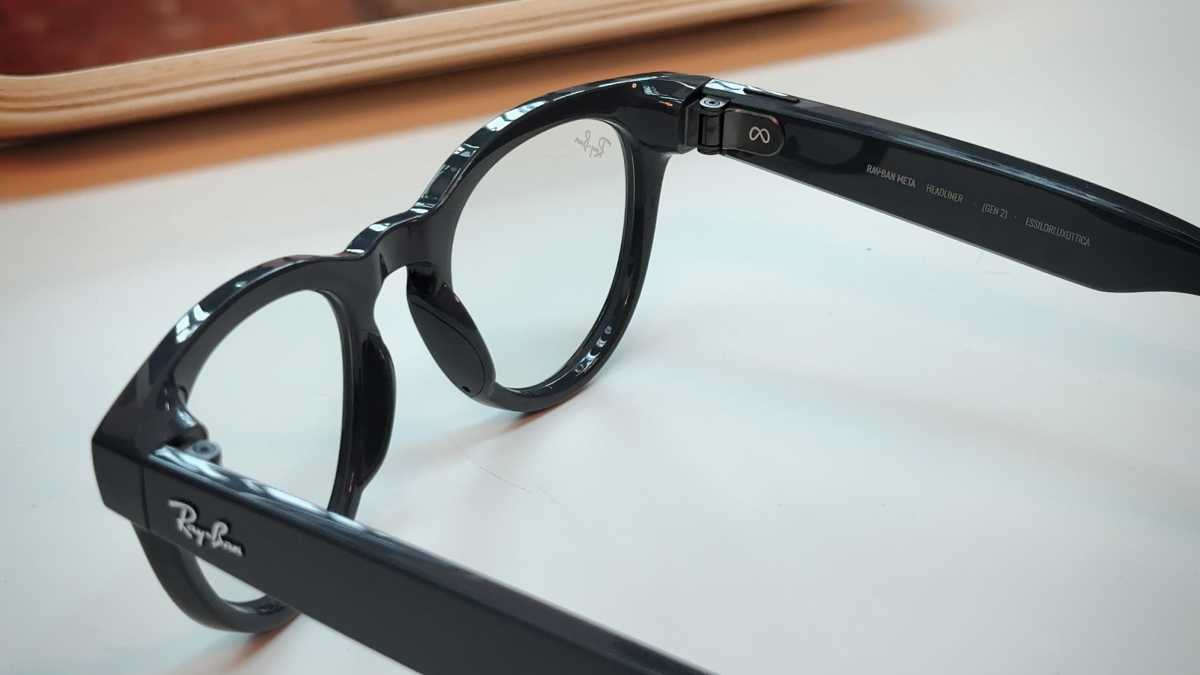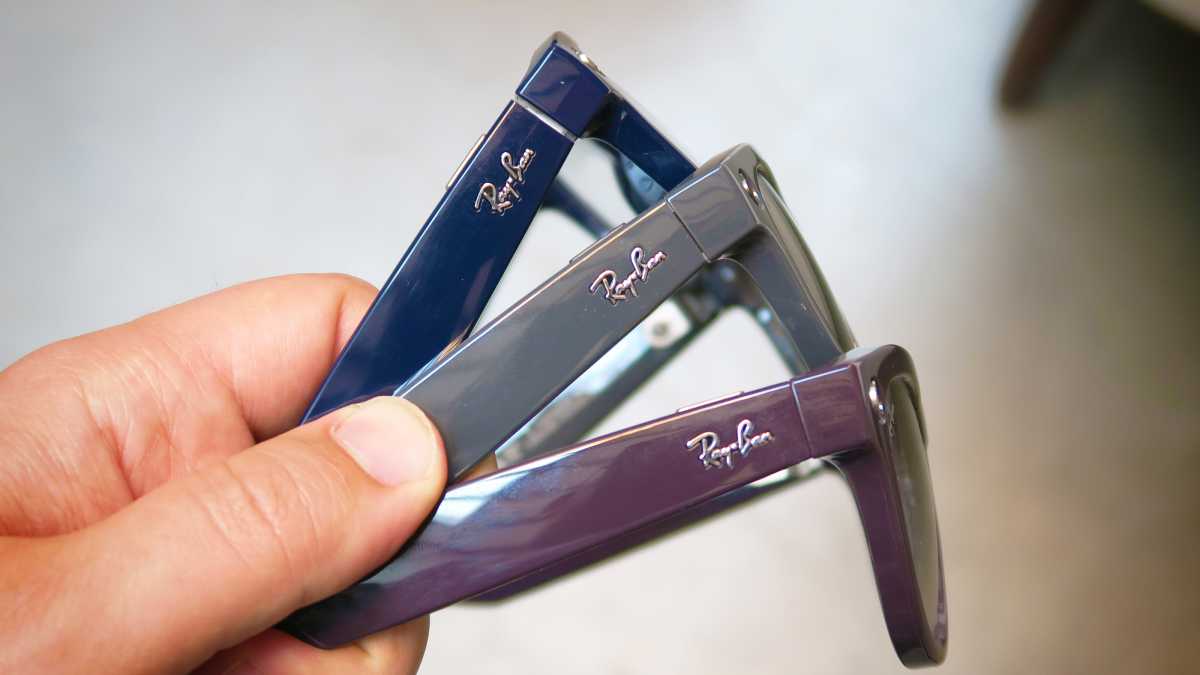Since they hit the market back in October 2023, Meta’s Ray-Ban smartglasses have proven to be a hit, with some two million units sold since, not to mention featured appearances everywhere from the Oscars and Paris Fashion Week to the Met Gala.
I’ve probably enjoyed using my first-gen Meta Ray-Ban smartglasses more than any other wearable I’ve tested in recent memory. Partly because of how unobtrusive its technological underpinnings are, paired with the ever-present and instant access to a camera, audio playback, and an AI assistant for answering queries, they offer a powerfully convenient and useful user experience that I’ve turned to far more frequently than I ever thought I would.
That’s why, when Meta invited me to get an early look at the new sets of smartglasses debuting at Meta Connect 2025, I jumped at the opportunity.
Meta has taken the learnings and upgrades its recent Oakley glasses and integrated them into the far more varied and versatile frame options of Ray-Ban’s portfolio
Foundry | Alex Walker-Todd
Along with the more bombastic new Meta Oakley Vanguard shades, and the bleeding-edge Meta Ray-Ban Display, the company also announced its Ray-Ban Meta (Gen 2) smartglasses, and whilst they’re the most pedestrian of Meta’s new wearable lineup, they’re also the most approachable, boasting a bevvy of welcome improvements that I can’t wait to capitise on.
In essence, Meta has taken the learnings and upgrades its recent Oakley Meta HSTN glasses, lorded over the 2023 Meta Ray-Bans and integrated them into the far more varied and versatile frame options of Ray-Ban’s portfolio.
Longer battery life
That means new “steelcan” batteries, which – despite their lower profile – offer up twice the battery life (Meta quotes up to 5 hours of continuous audio playback/voice calling or up to 8 hours of mixed use), with a 50% fast-charge in just 20 minutes.
And although they use the same case as their predecessors, together, the new Ray-Ban Meta (Gen 2) boast a total 56 hours of battery life (efficiency improvements mean they allow for 48 hours of charge, up from 32 previously).

Foundry | Alex Walker-Todd
Improved video capture
To look at, all the hardware placement and interaction remains the same before (physical buttons, plus swipe-and-tap touch controls on the specs’ right arm, as well as voice input) but the 12Mp camera has now been bolstered to capture 3K video at 30fps (along with the previous 4:3 Full HD+ at 30 and 60fps options), with some of the most exciting improvements coming just after launch; coinciding with the arrival of the Oakley Meta Vanguards: slow motion and hyperlapse video capture.
Accessible through the same Meta AI app existing users will already be familiar with, Meta confirmed that hyperlapses (think stabilised time lapse video) can be captured over a period of up to 30 minutes, with no audio capture, but the potential to add music on captured clips.
Slow-motion footage, meanwhile, records in Full HD at 120fps, with the option to initiate both new modes solely through a simple “Hey, Meta…” voice prompt.

Foundry | Alex Walker-Todd
Upgraded audio
A smaller but notable enhancement comes to microphone performance, with a new wind-noise reduction algorithm, which should allow for clearer calls and better comprehension of your voice commands when talking to Meta AI (although this wasn’t an area the previous Meta Ray-Bans struggled with in my experience anyway).
Live Translation – which came to the current-gen specs back in May – also gains German and Portuguese language support, with the arrival of the Gen 2s.
One feature that I wasn’t able to try at my hands-on session, which I think has some major implications for those who are hard of hearing or have concentration issues, is Conversation Focus.
Similar to many pairs of headphones, the microphone array can isolate the voice of the person you’re listening to, boosting their speech through the integrated speakers, to help lift their words out against any background din. Best of all, Meta has already confirmed that this assistive upgrade is coming to the first-gen Meta Ray-Bans and the Oakley HSTNs via a software update, too.
Mix and match style
Style-wise, as with 2023’s specs, you’ve got three main frame styles to choose between: the classic Wayfarer, Skylar or Headliner (with Wayfarer also being offered up in ‘standard’ and ‘large’ sizes). All in, there are some 27 new frame/lens combinations to choose from, but if you want to stand out, there are three limited-run seasonal colour options to consider at launch.

Foundry | Alex Walker-Todd
Handling all three in person (pictured above), the shiny Cosmic Blue Wayfarers, with Sapphire Transitions lenses, get my vote, but you also have the option of shiny Skylar frames in Mystic Violet (with Amethyst Transitions lenses), and Headliners in Asteroid Grey (with Amethyst Transitions lenses).
Price & Availability
The Ray-Ban Meta (Gen 2) launched in step with Meta Connect 2025 on 17 September, with a starting price of £379/$379/€419, and Meta also expanded its reach for this generation to include new markets like Switzerland and the Netherlands, with plans to bring them to Brazil soon, too.
The nice thing is that if you’re not precious about the improved camera and battery capabilities, or the new frame and lens style combinations offered up by these next-gen specs, Meta is going to keep selling the previous Meta Ray-Bans at £299/$299/€329.
Early Verdict
All in all, even though the upgrades aren’t seismic, I can’t wait to see what it’s like to live with the Ray-Ban Meta (Gen 2).
I’m curious to see if their improved battery life will change the way people use them, the new camera feature render this next generation significantly more versatile and it looks as though Meta is committed to platform for the long-term, considering the features it already has planned for the future.








